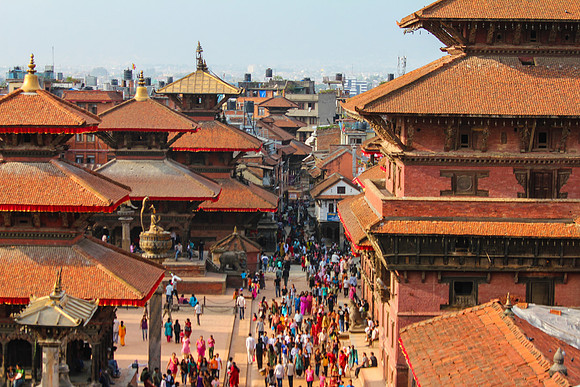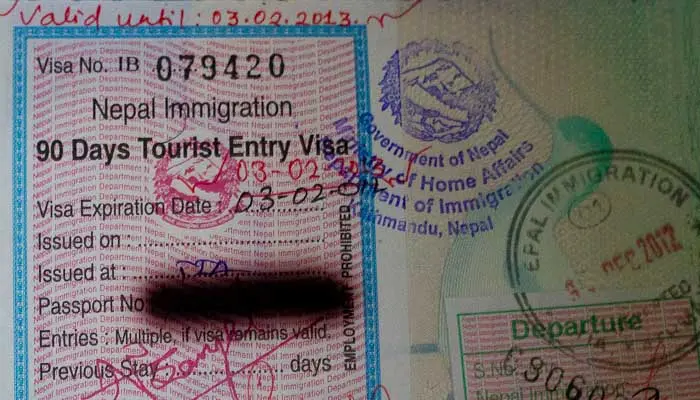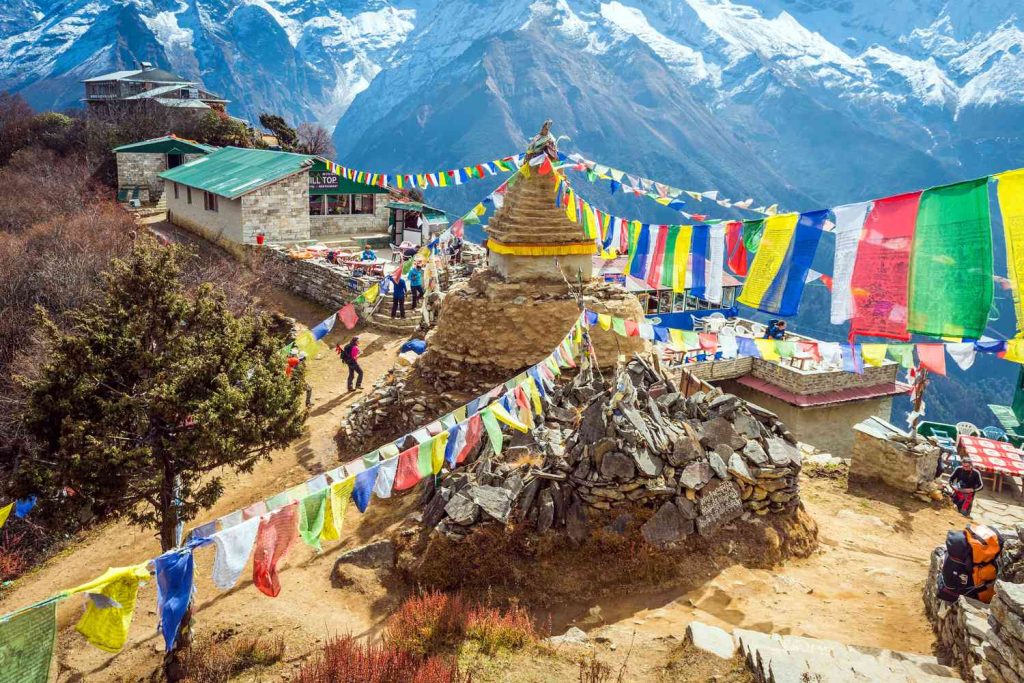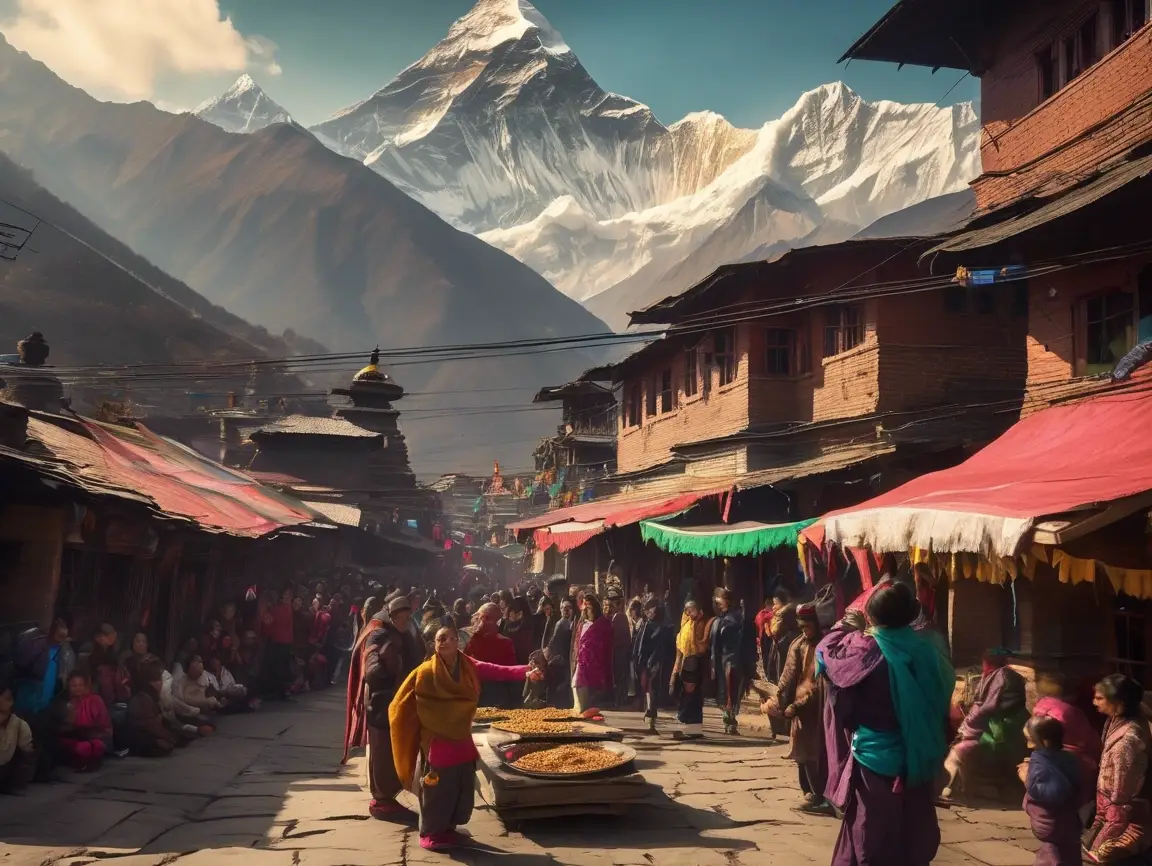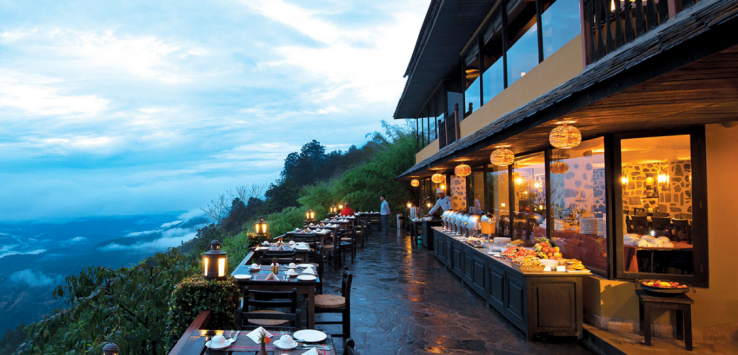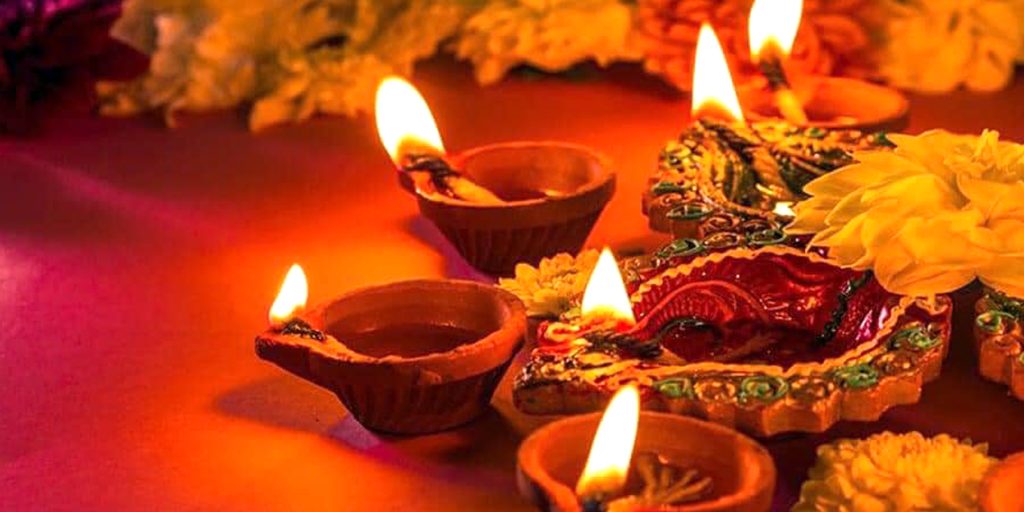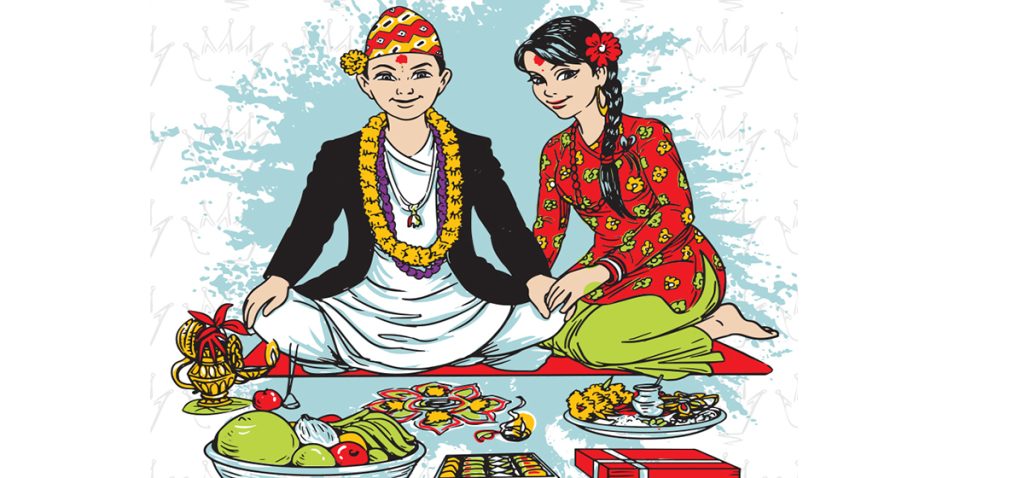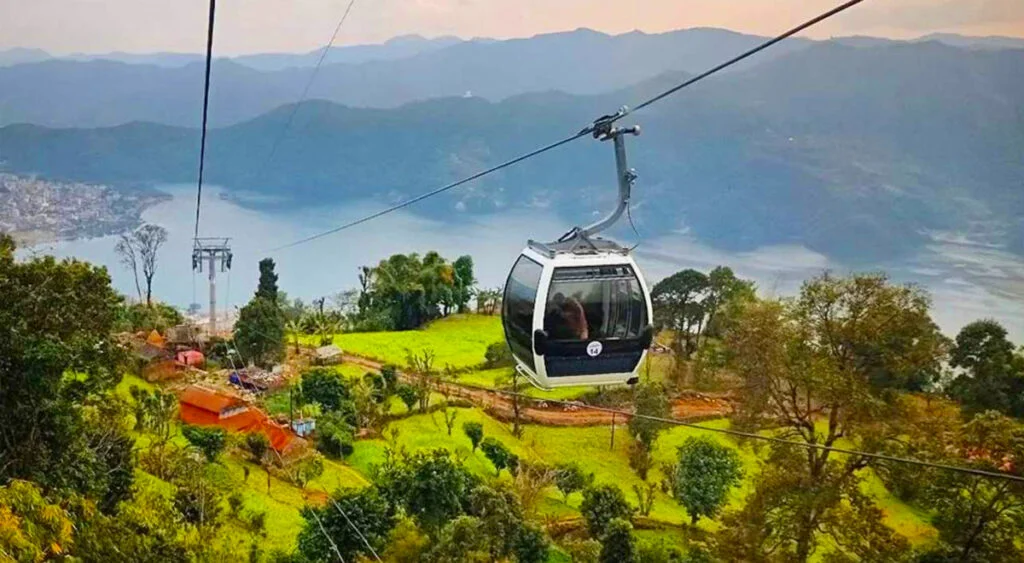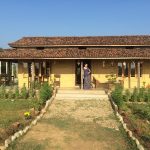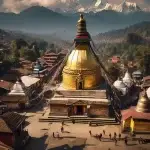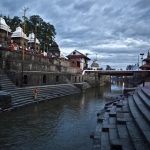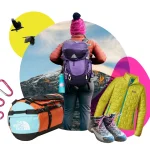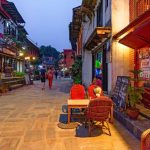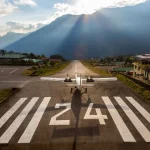Now Reading: Best Seasons to Visit Nepal and Travel Plan Recommendations for Each
-
01
Best Seasons to Visit Nepal and Travel Plan Recommendations for Each
Best Seasons to Visit Nepal and Travel Plan Recommendations for Each
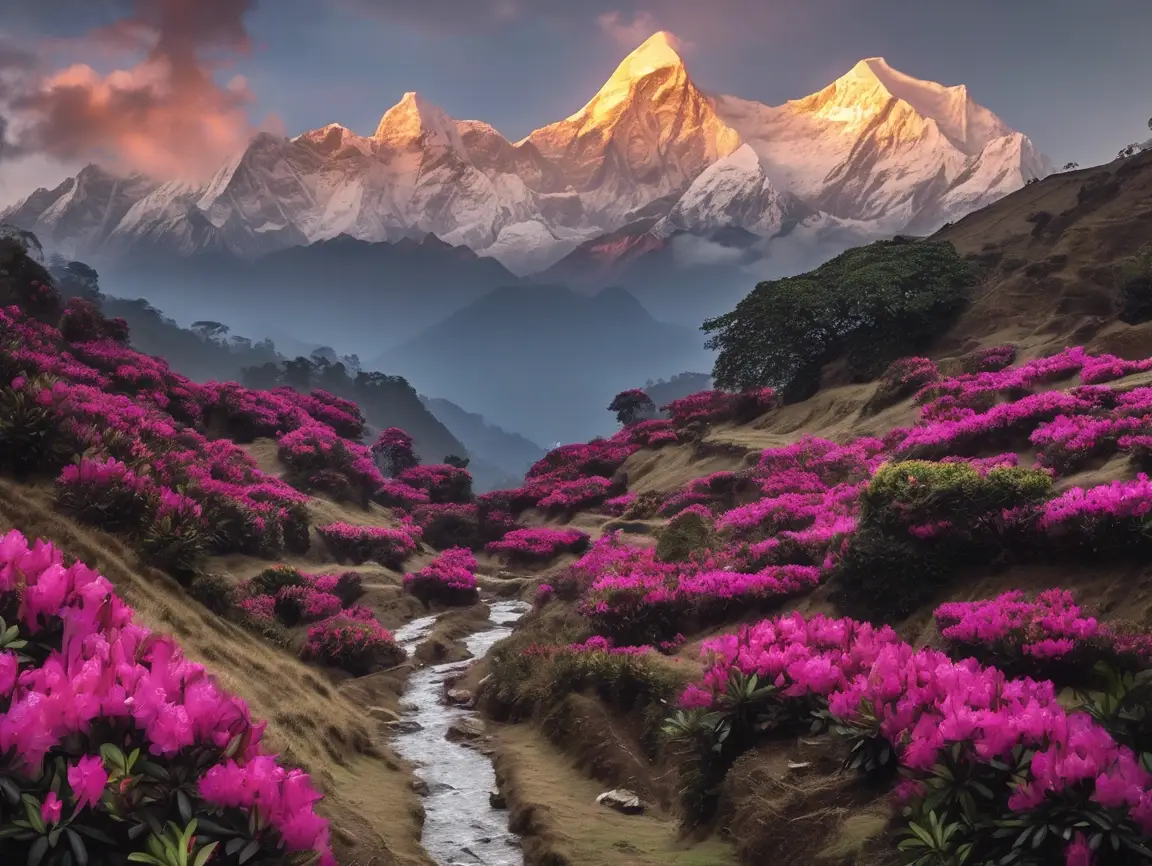
Nepal, the Himalayan jewel of South Asia, is a destination for every kind of traveller—whether you’re seeking spiritual serenity, adventure in the mountains, or immersive cultural experiences. But Nepal’s diverse geography and climate mean that your experience can vary dramatically depending on the time of year you visit. To make the most of your journey, it’s essential to plan according to the best seasons to visit Nepal.
In this blog post, we’ll break down Nepal’s seasons, the ideal times to travel, and offer tailored travel plan recommendations to help you explore this magnificent country with ease and excitement.
📅 Nepal’s Seasons at a Glance
Nepal experiences four major seasons, each offering a unique charm:
- Spring (March–May) 🌸
- Summer/Monsoon (June–August) 🌧️
- Autumn (September–November) 🍂
- Winter (December–February) ❄️
Let’s dive into each season and explore what makes it special, along with suggested travel plans.
🌸 Spring (March to May) – Best for Trekking & Nature Lovers
Overview:
Spring is one of the most popular times to visit Nepal. The weather is warm but not overly hot, and the skies are generally clear, making it ideal for trekking and sightseeing. Hills and forests burst with colourful rhododendron blooms, especially in the Annapurna and Langtang regions.
Weather:
- Temperatures: 16°C–23°C (61°F–73°F) in Kathmandu
- Warm days, cool nights
- Clear skies and excellent mountain visibility
Recommended Travel Plan:
🗓️ 10–14 Day Spring Itinerary:
- Day 1–3: Kathmandu sightseeing (Swayambhunath, Pashupatinath, Bhaktapur)
- Day 4–10: Trekking (Annapurna Base Camp or Ghorepani-Poon Hill)
- Day 11–12: Pokhara (boating on Phewa Lake, World Peace Pagoda)
- Day 13–14: Return to Kathmandu + optional cultural show
Ideal Activities:
- Annapurna or Everest region treks
- Rhododendron forest hikes
- Mountain biking or paragliding in Pokhara
- Jungle safaris in Chitwan National Park
Pros:
- Stunning blooms and greenery
- Stable, pleasant weather
- Excellent for photography
Cons:
- Growing crowds on popular trails
- Costs are slightly higher due to demand
🌧️ Monsoon (June to August) – Best for Cultural Experiences & Rain Lovers
Overview:
The monsoon season brings heavy rainfall, especially in the lowlands and mid-hills. Trekking becomes challenging due to muddy trails and leeches. However, this is an underrated time to experience Nepal’s lush landscapes, fewer crowds, and rich cultural festivals like Ropain (rice planting celebration) and Janai Purnima.
Weather:
- Temperatures: 20°C–30°C (68°F–86°F)
- Daily rainfall, especially in the afternoon
- Cloudy skies, occasional sunbreaks
Recommended Travel Plan:
🗓️ 7–10 Day Cultural Monsoon Itinerary:
- Day 1–3: Kathmandu valley exploration + cooking class
- Day 4–6: Lumbini (birthplace of Buddha) & cultural meditation retreats
- Day 7–10: Bandipur or Tansen (hill towns with less rain)
Ideal Activities:
- Temple and museum visits
- Cultural workshops (cooking, pottery, Thanka painting)
- Yoga and wellness retreats
- Village homestays
Pros:
- Fewer tourists, peaceful atmosphere
- Verdant scenery
- Rich cultural immersion
Cons:
- Wet, humid weather
- Flight delays or roadblocks are possible due to landslides
- Poor mountain visibility
🍂 Autumn (September to November) – The Peak Travel Season
Overview:
Autumn is the best time to visit Nepal for clear mountain views, pleasant weather, and vibrant festivals like Dashain and Tihar. This is also the busiest trekking season, especially for those aiming for Everest Base Camp or the Annapurna Circuit.
Weather:
- Temperatures: 15°C–25°C (59°F–77°F)
- Crisp, clean air after monsoon
- Crystal-clear views of the Himalayas
Recommended Travel Plan:
🗓️ 14–16 Day Adventure-Festival Itinerary:
- Day 1–3: Kathmandu + experience Dashain or Tihar festival
- Day 4–12: Everest Base Camp or Annapurna Circuit trek
- Day 13–14: Pokhara for lakeside relaxation
- Day 15–16: Return to Kathmandu + shopping in Thamel
Ideal Activities:
- High-altitude treks
- Photography expeditions
- Participating in local festivals
- Paragliding and ultralight flights
Pros:
- Best weather and visibility
- Major festivals with cultural immersion
- Ideal for long-distance trekking
Cons:
- Crowded trails and tourist hotspots
- Higher accommodation prices
- Need to book flights and tours in advance
❄️ Winter (December to February) – Best for Budget Travel & Low-Altitude Treks
Overview:
Winter is off-season for most tourists, but it offers clear skies and great value for travellers who prefer cultural sightseeing or shorter, lower-altitude treks. The high Himalayas may be snow-covered and inaccessible without mountaineering gear, but destinations like Bandipur, Ghandruk, and Nagarkot shine during this time.
Weather:
- Temperatures: 2°C–18°C (36°F–64°F)
- Cold mornings/evenings, sunny days
- Snowfall in mountain regions
Recommended Travel Plan:
🗓️ 10-Day Winter Chill Itinerary:
- Day 1–3: Kathmandu valley (Bhaktapur, Patan, Durbar Squares)
- Day 4–7: Ghandruk or Dhampus trek (2–3 days)
- Day 8–10: Pokhara or Bandipur for views and relaxation
Ideal Activities:
- Low-altitude trekking
- Scenic drives
- Wellness retreats in warmer cities
- Bird watching in Chitwan
Pros:
- Budget-friendly deals
- Fewer tourists
- Stunning snow-covered landscapes
Cons:
- Cold nights, especially in mountain towns
- Some trails or roads may be closed
- Not suitable for high-altitude treks
🧭 Quick Reference: Best Season by Travel Type
| Travel Type | Best Season | Notes |
| Trekking (EBC, ABC) | Autumn & Spring | Clear skies and ideal conditions |
| Budget Travel | Winter | Discounts and fewer crowds |
| Cultural Tours | Autumn & Monsoon | Align with Dashain, Tihar, etc. |
| Jungle Safari (Chitwan) | Spring & Autumn | Pleasant, dry weather |
| Mountain Views | Autumn & Winter | Clear skies, sharp visibility |
| Wellness Retreats | All year | Pokhara and Kathmandu are ideal |
Final Thoughts
The best time to visit Nepal ultimately depends on your interests, physical fitness, and travel goals. Want pristine mountain views? Aim for autumn. Love flowers and fewer crowds. Go in spring. Seeking cultural depth and don’t mind some rain? Embrace the monsoon. Looking to save? Winter offers peace and value.
No matter the season, Nepal has something extraordinary to offer. Just pack accordingly, plan smartly, and keep an open mind—you’ll leave with not just memories, but a connection to a land that touches the heart and soul.

